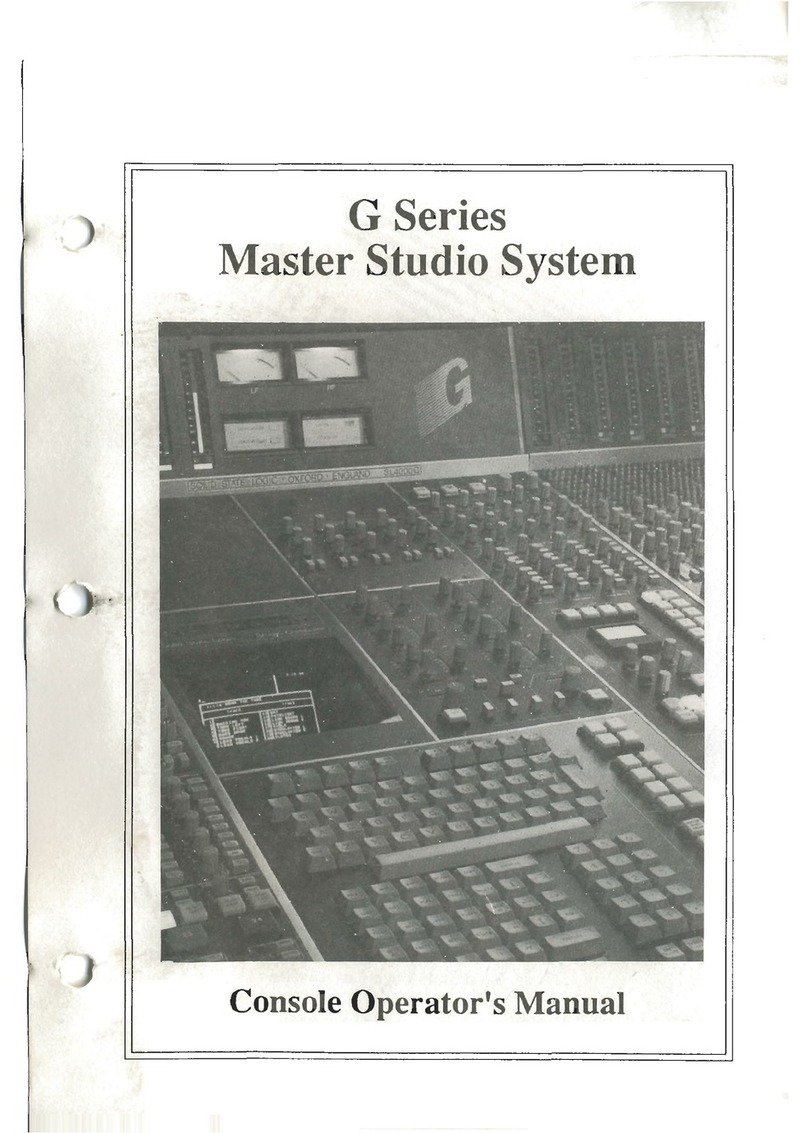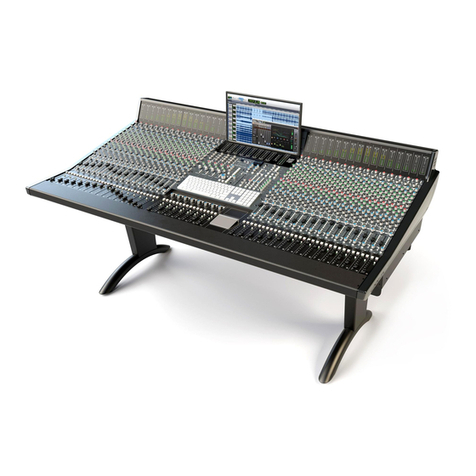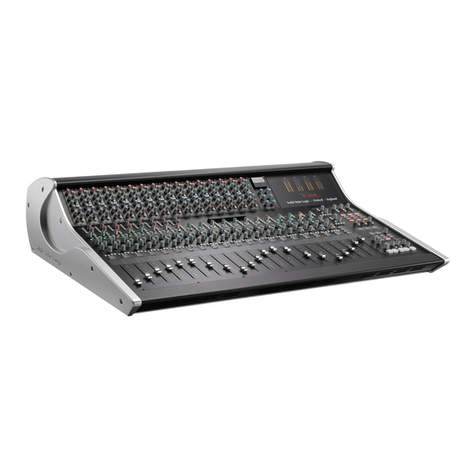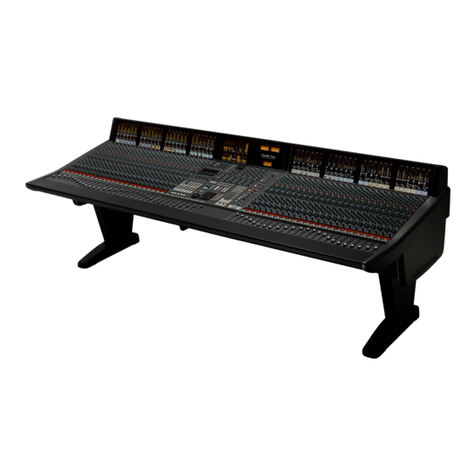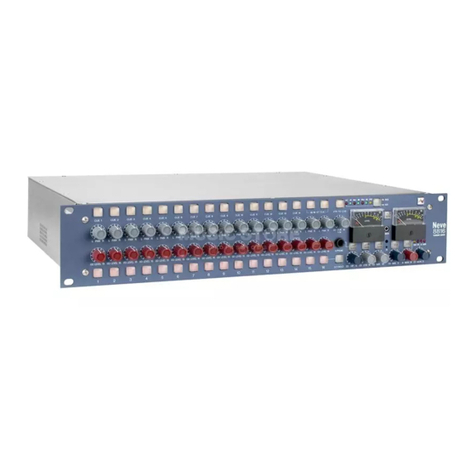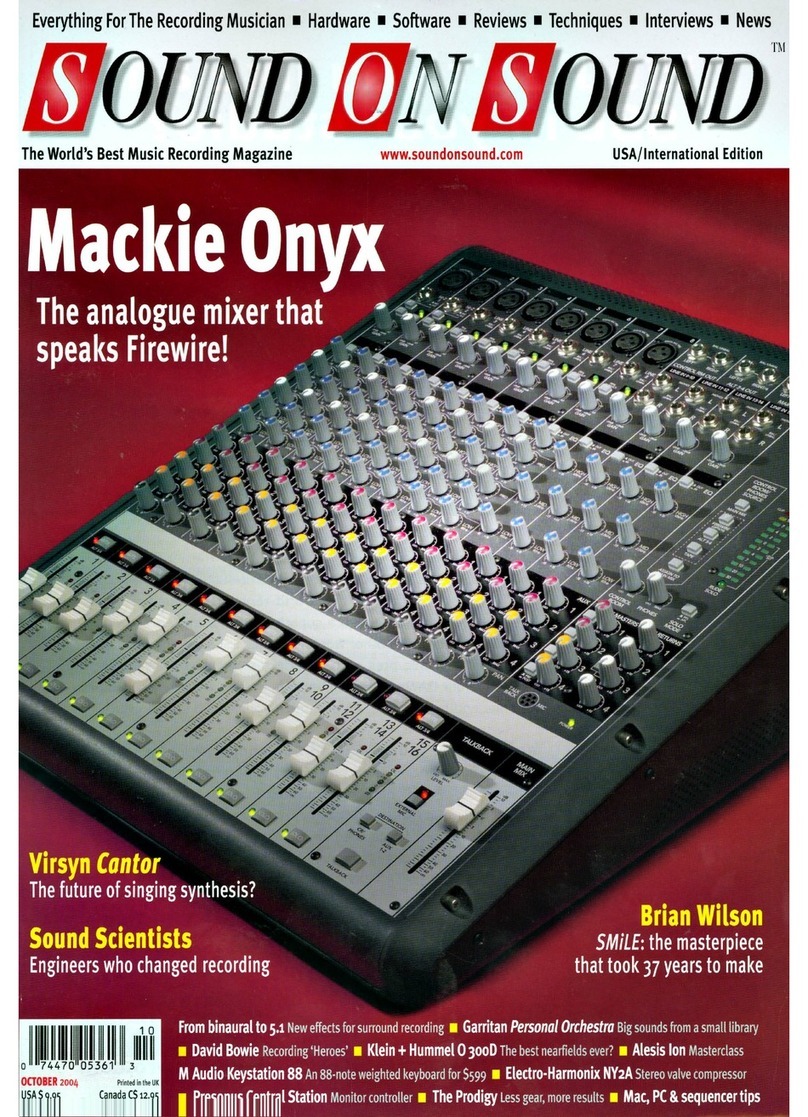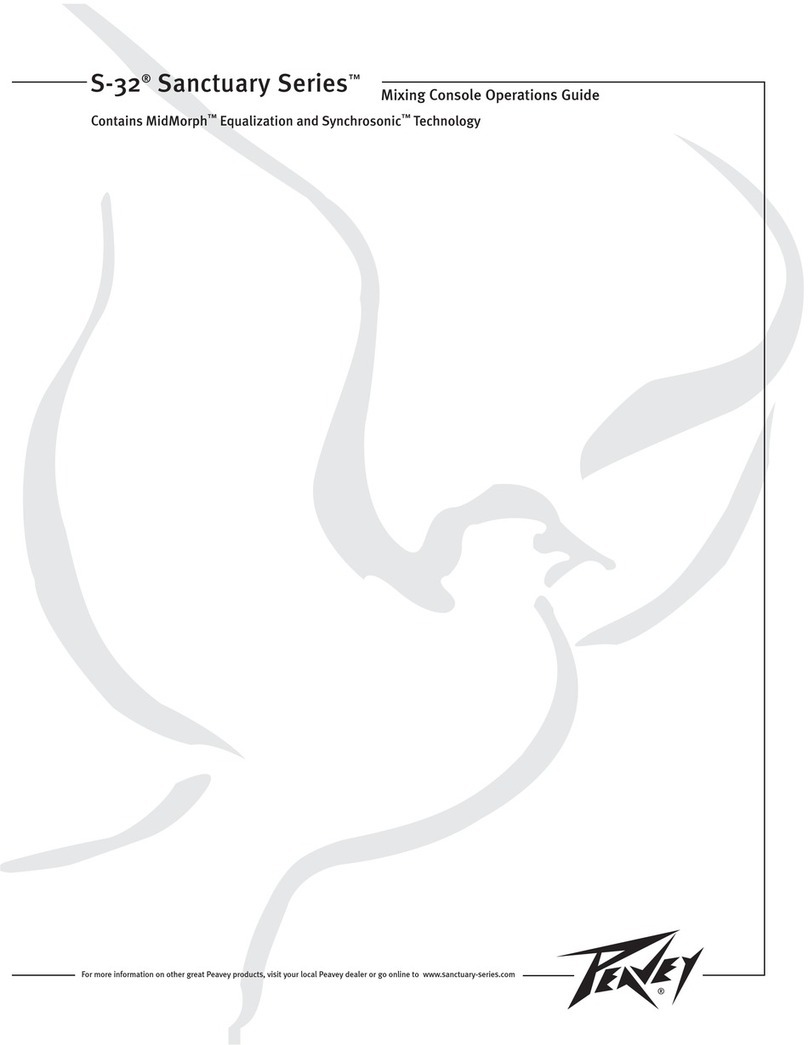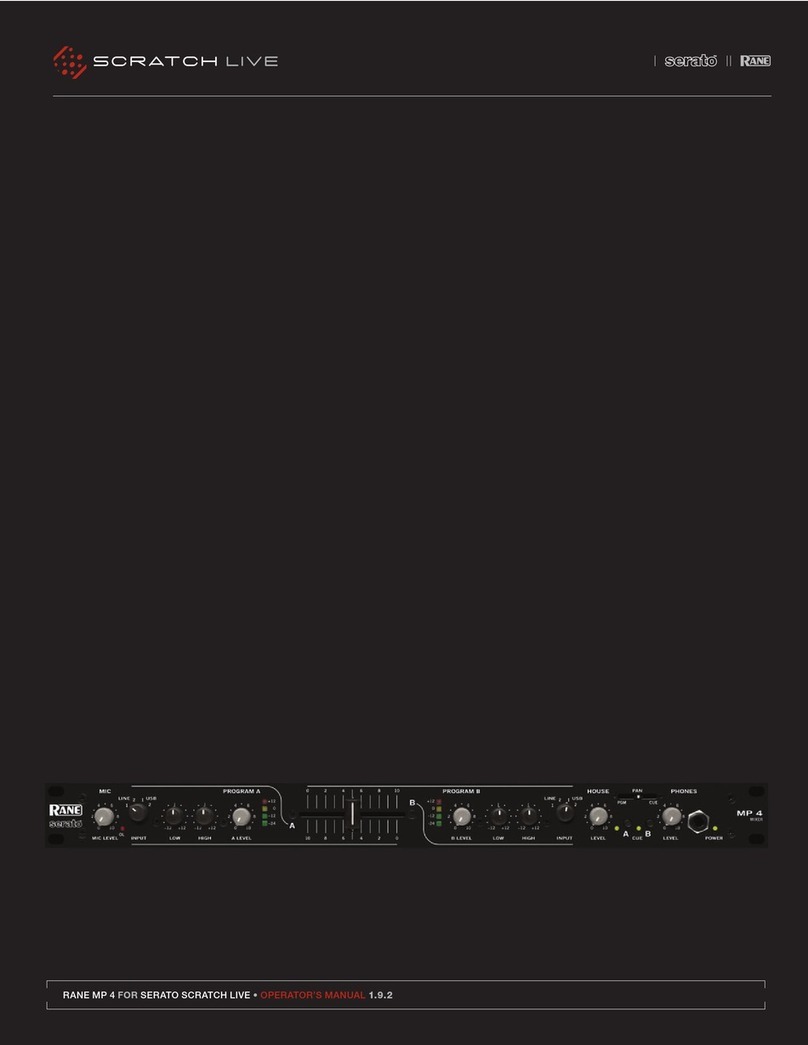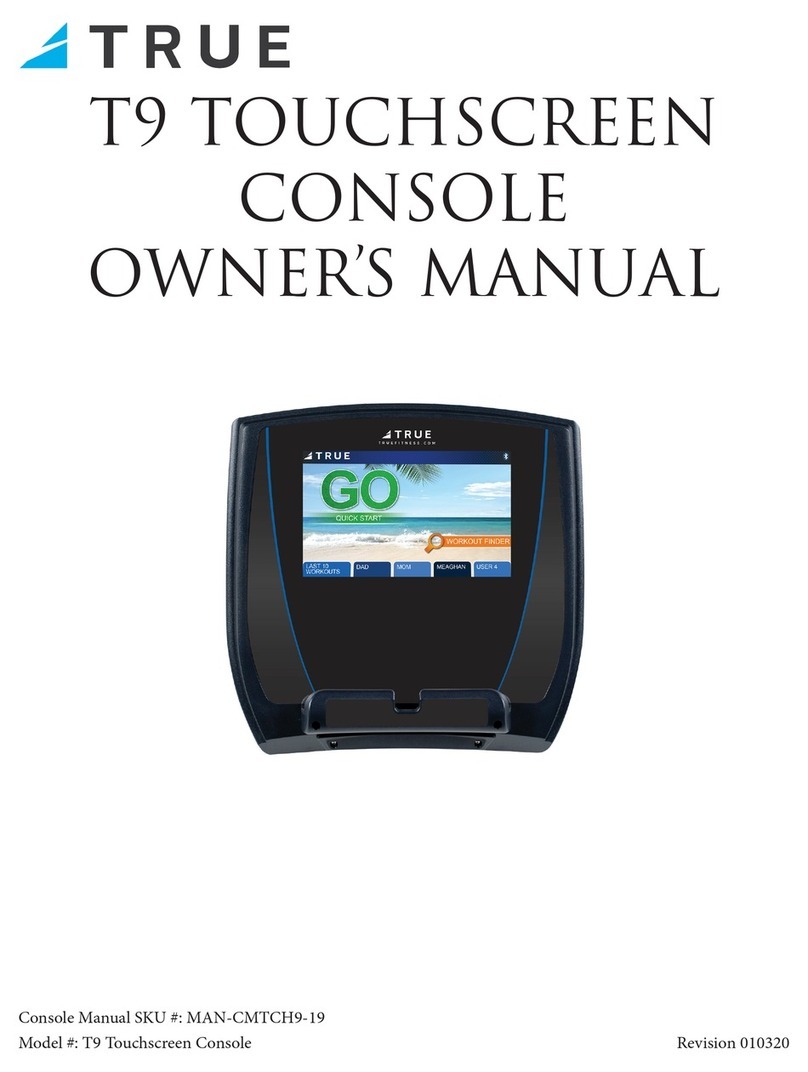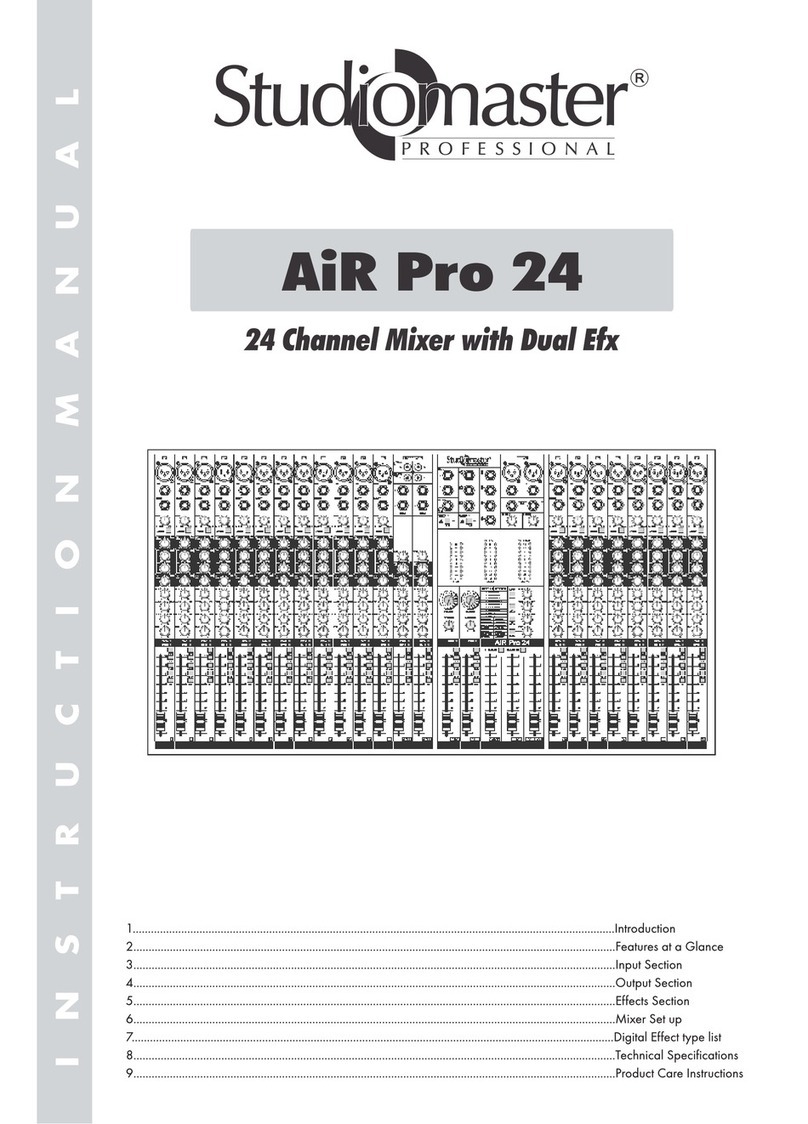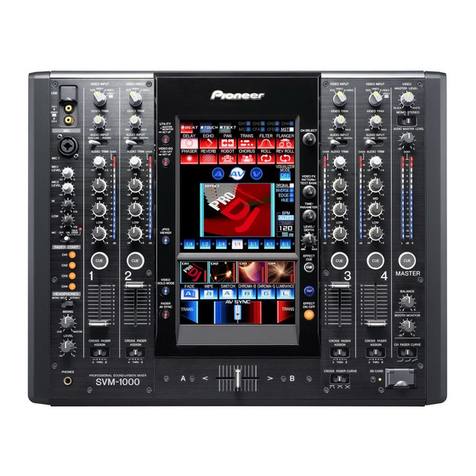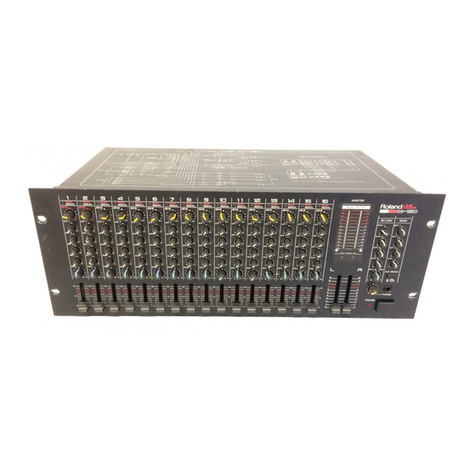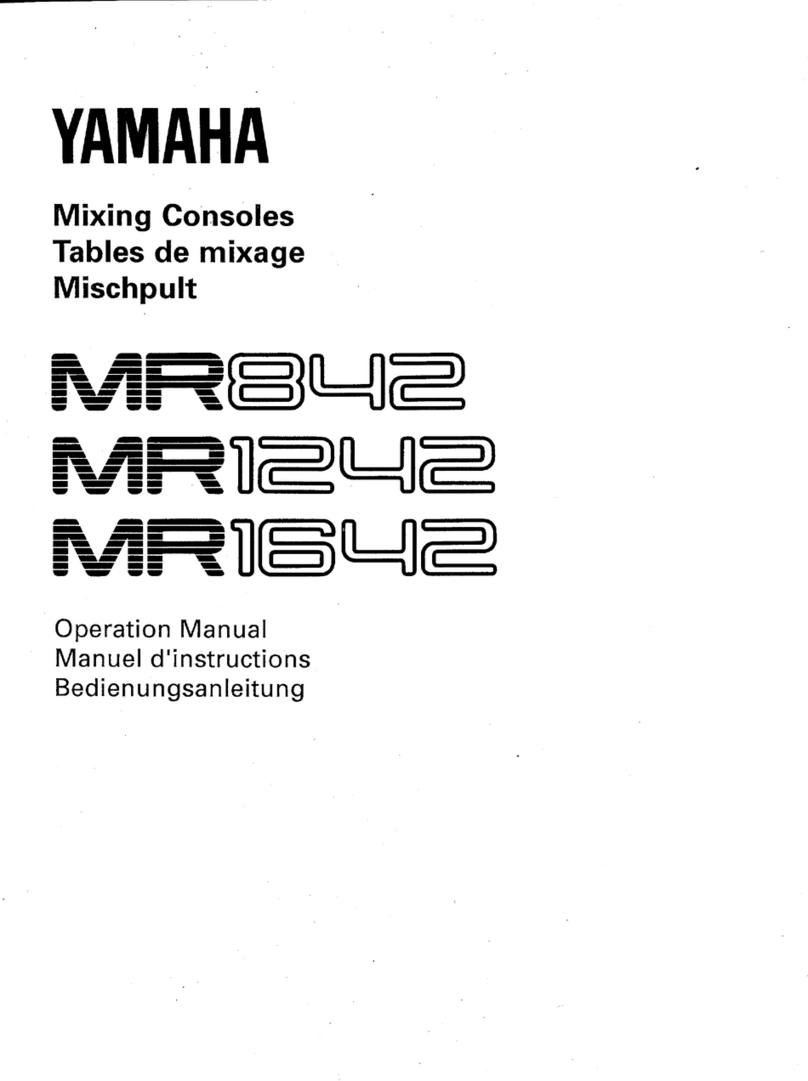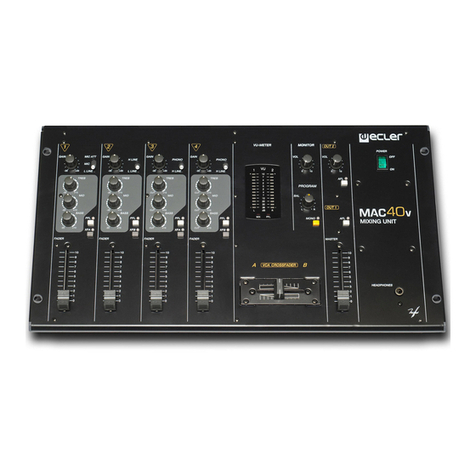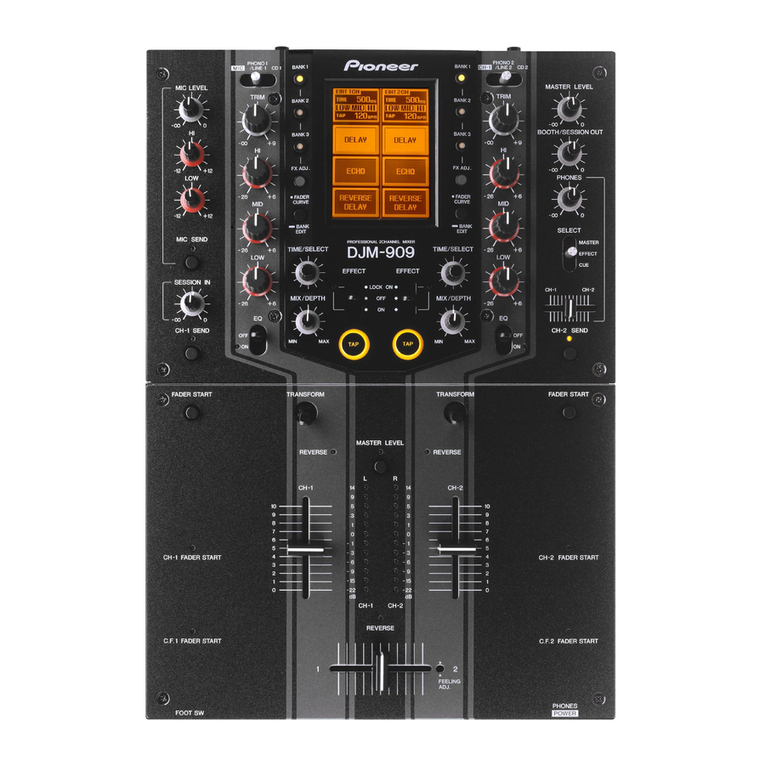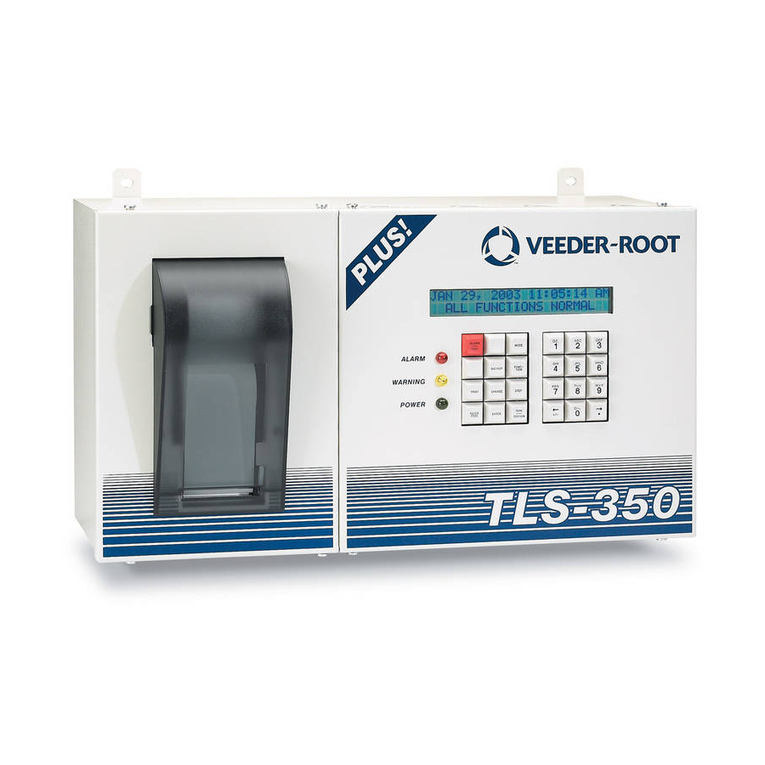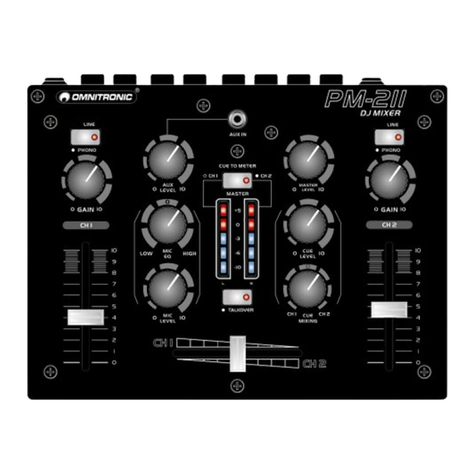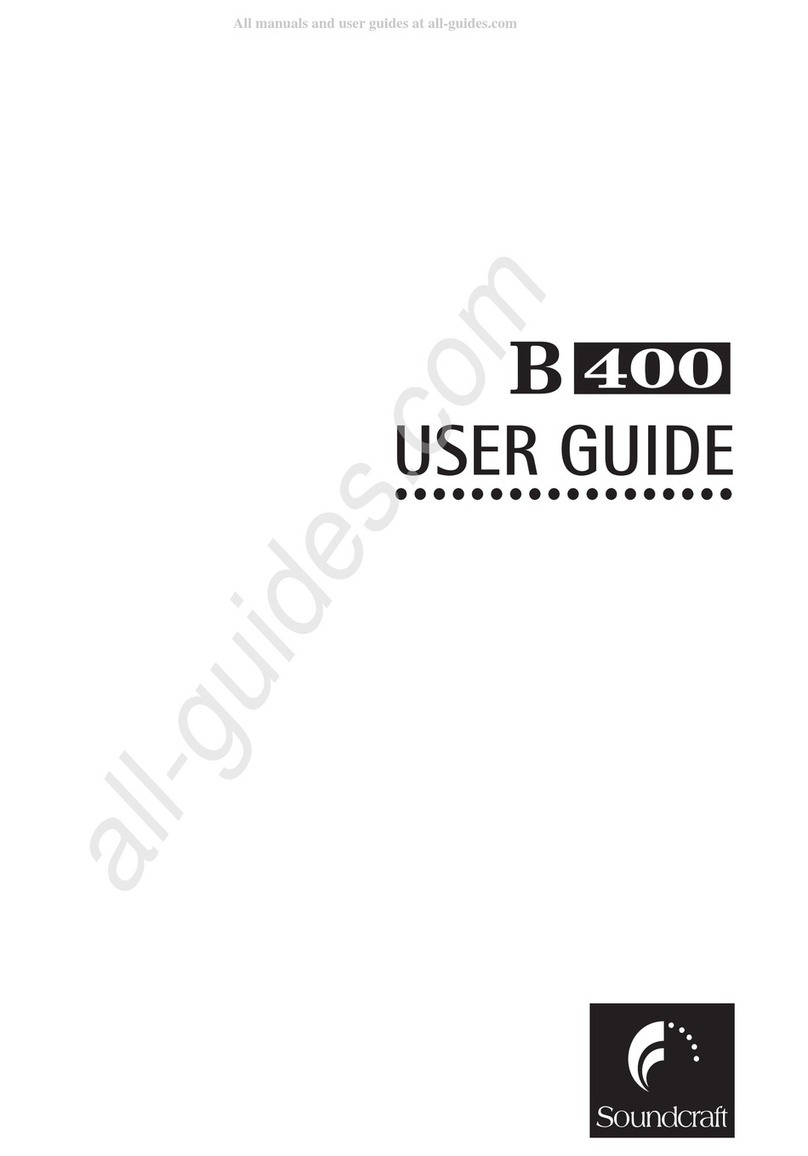Solid State Logic Duality 82S6DUA20C User manual
Other Solid State Logic Music Mixer manuals
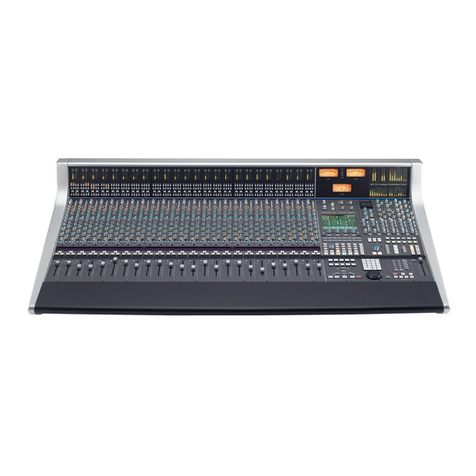
Solid State Logic
Solid State Logic AWS 924 User manual
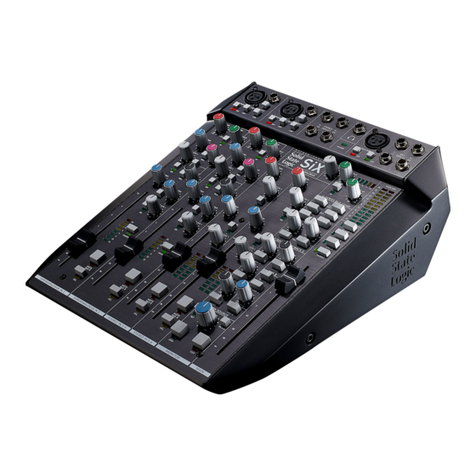
Solid State Logic
Solid State Logic SiX User manual
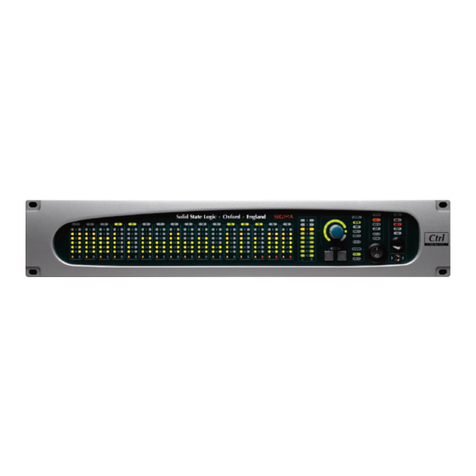
Solid State Logic
Solid State Logic Sigma User manual
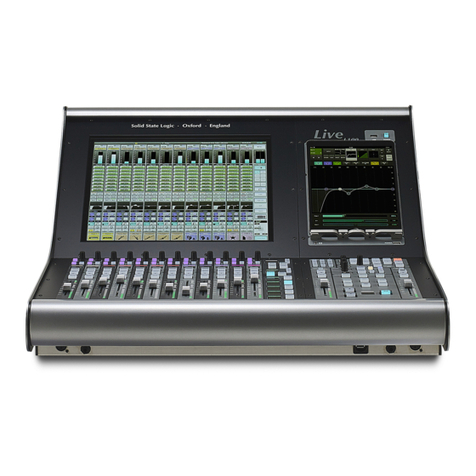
Solid State Logic
Solid State Logic Live L100 User manual
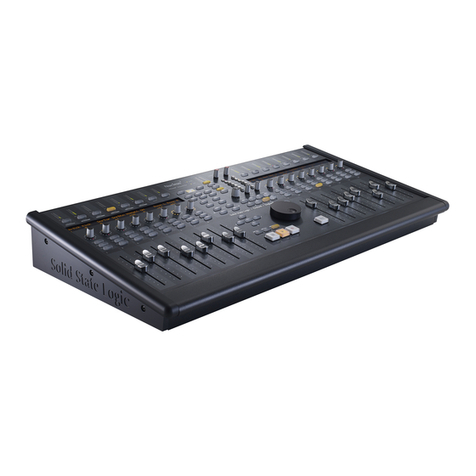
Solid State Logic
Solid State Logic Nucleus2 User manual
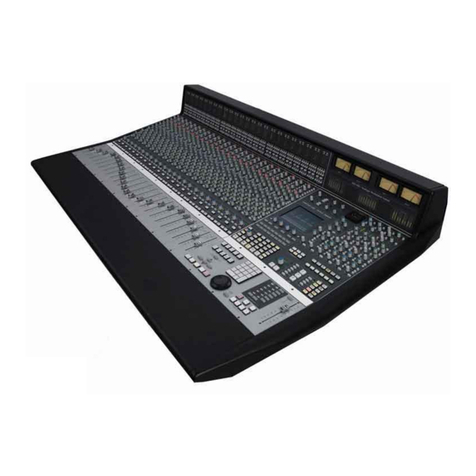
Solid State Logic
Solid State Logic AWS 900 Use and care manual
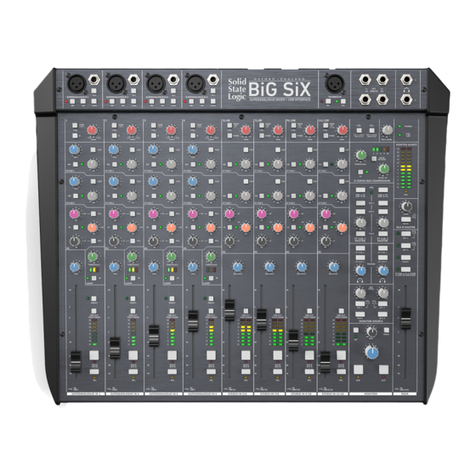
Solid State Logic
Solid State Logic BiG SiX User manual

Solid State Logic
Solid State Logic AWS 900+ User manual
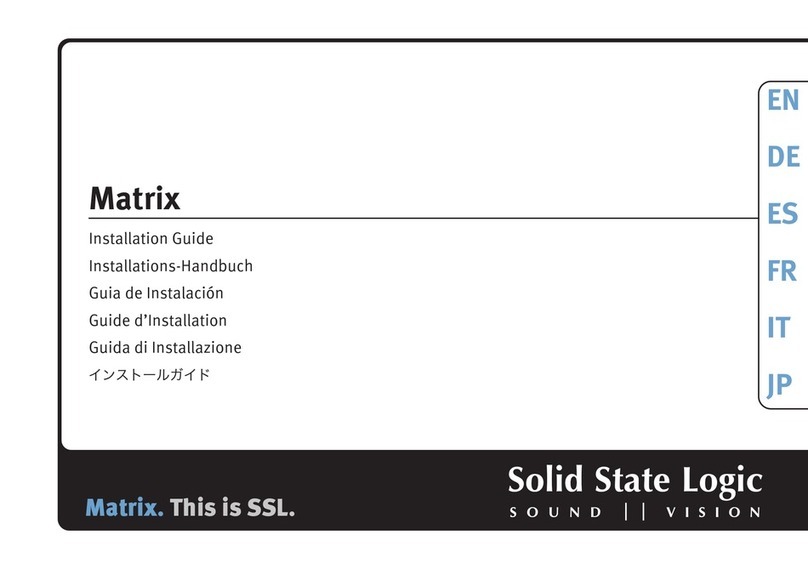
Solid State Logic
Solid State Logic Matrix User manual
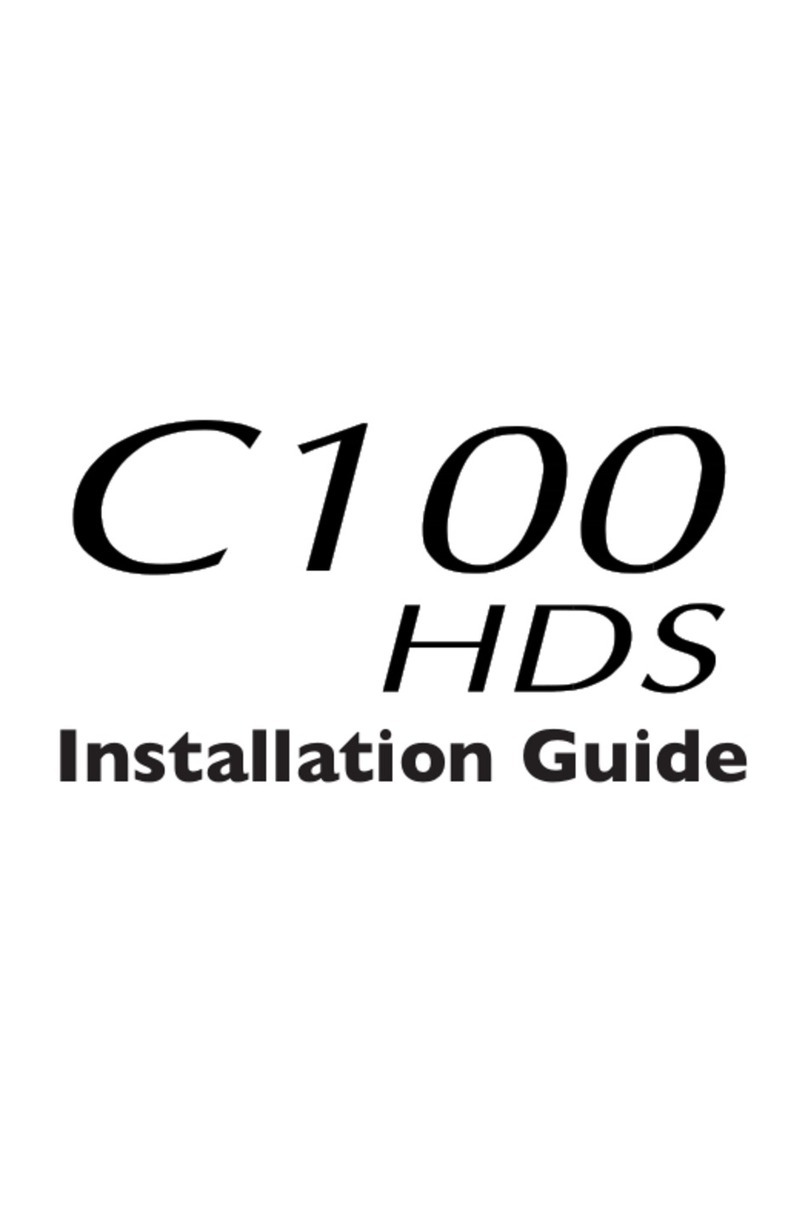
Solid State Logic
Solid State Logic C100HDSS User manual

Solid State Logic
Solid State Logic C100 HDS User manual
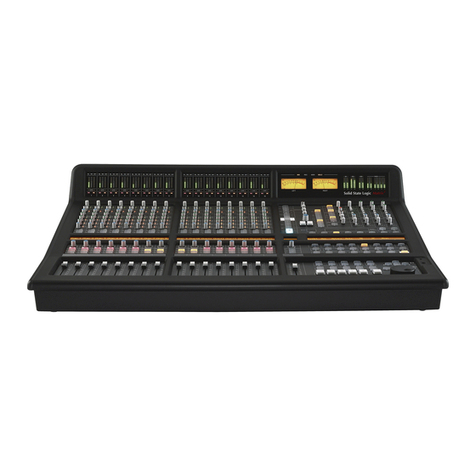
Solid State Logic
Solid State Logic Matrix2 Delta User manual

Solid State Logic
Solid State Logic C100 HDS User manual
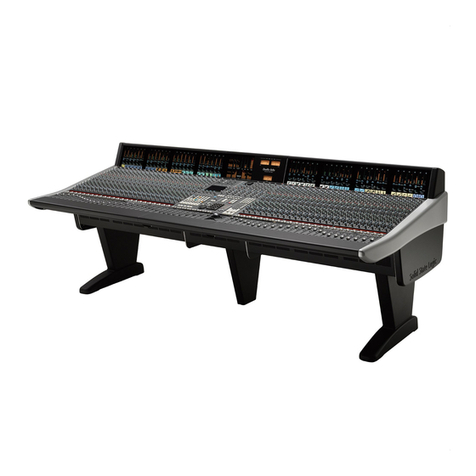
Solid State Logic
Solid State Logic Duality User manual
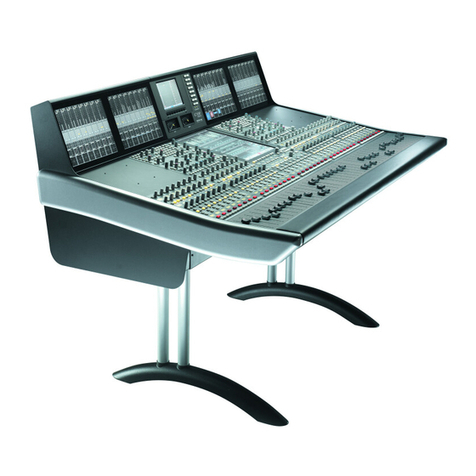
Solid State Logic
Solid State Logic C100 HD Range User manual
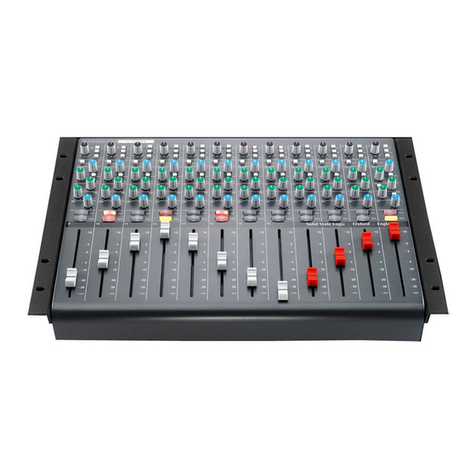
Solid State Logic
Solid State Logic X-PANDA 82BXEM01A User manual
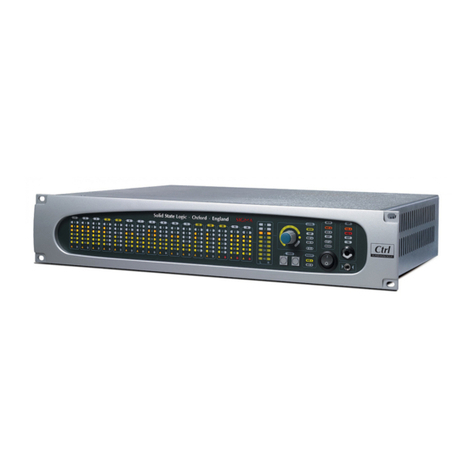
Solid State Logic
Solid State Logic Sigma Delta User manual

Solid State Logic
Solid State Logic Sigma User manual
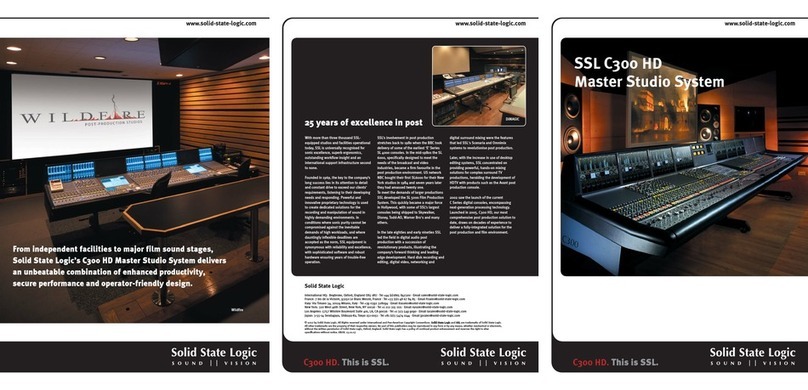
Solid State Logic
Solid State Logic C300 HD User manual
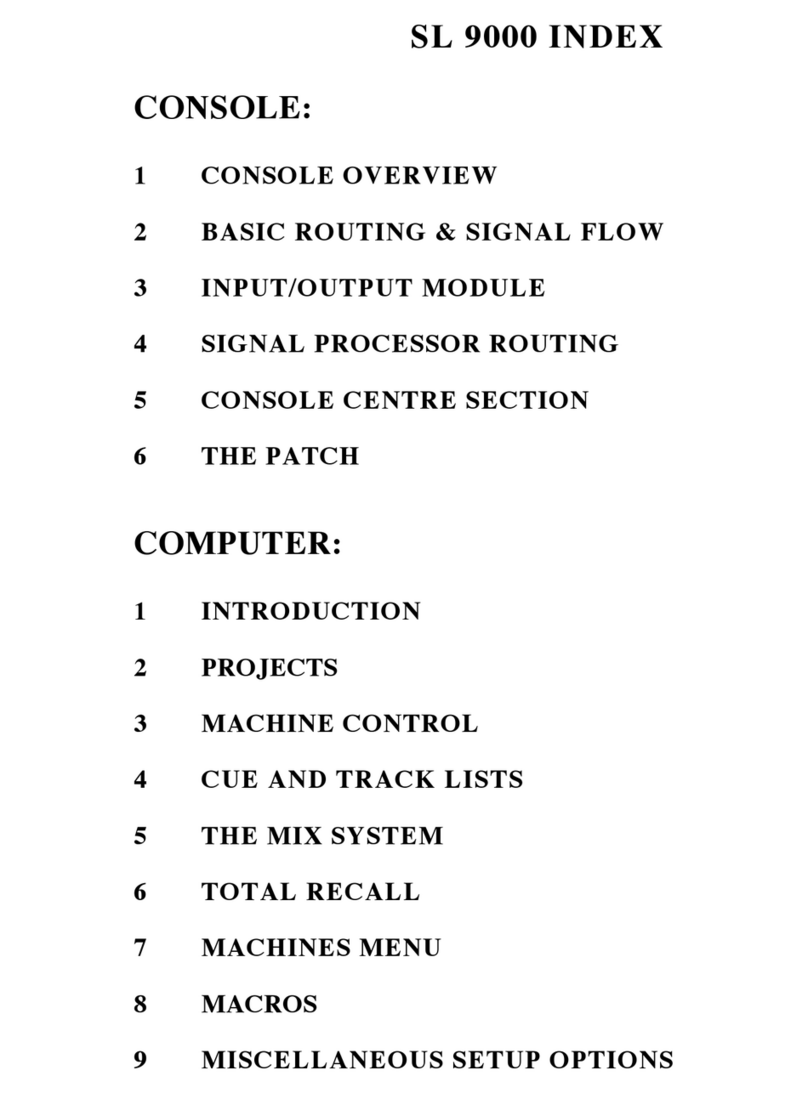
Solid State Logic
Solid State Logic SL 9000 J SERIES User manual
